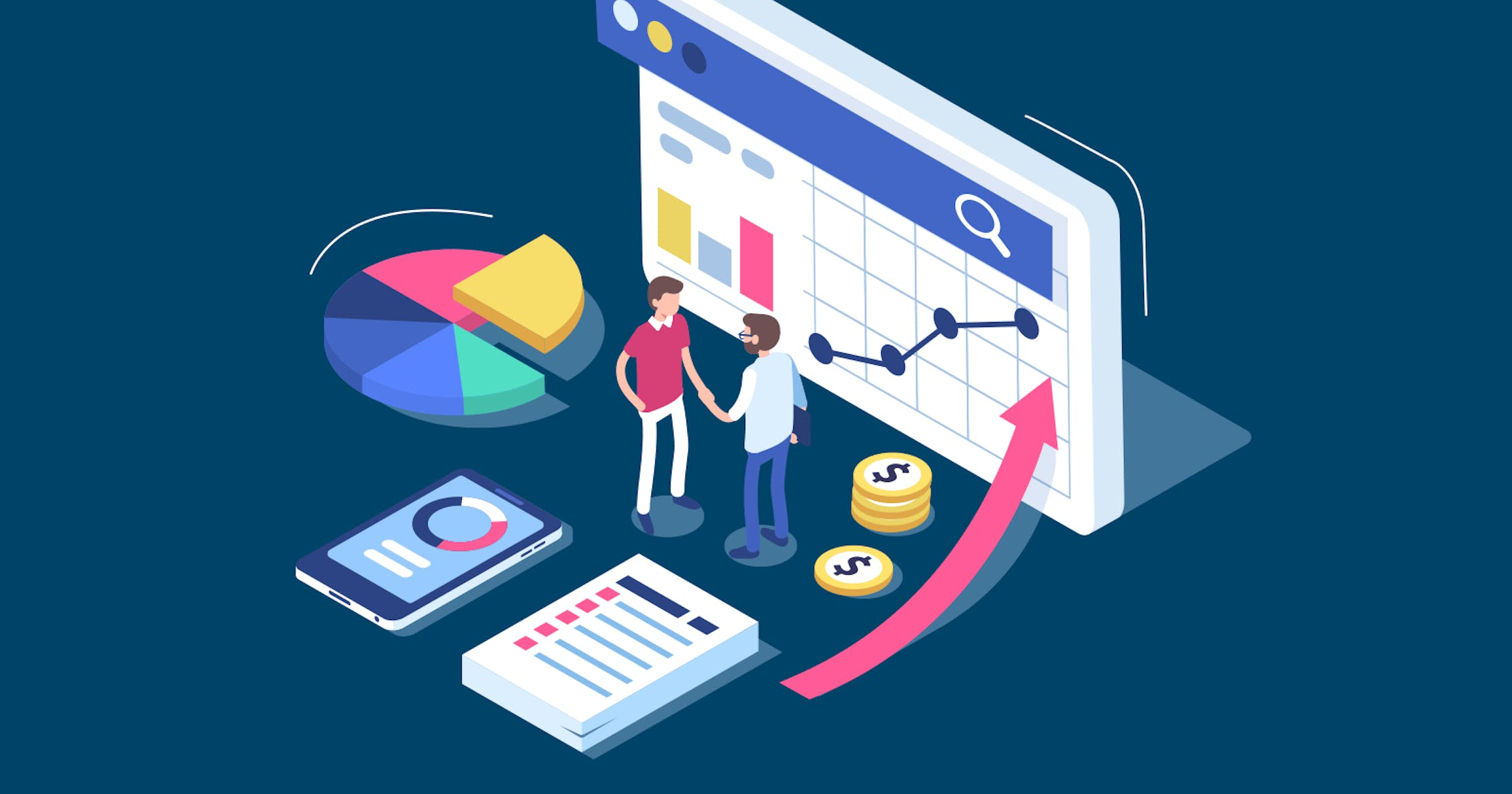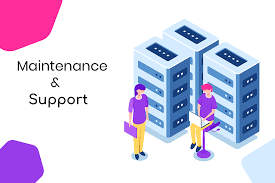On-page SEO is the optimization of individual web pages in order to rank higher and receive more relevant traffic from search engines. It involves optimizing the content and structure of a website to make it more search-engine friendly. On-page SEO includes various factors such as keywords, content, titles, descriptions, URLs, images, and internal linking. The main goal of on-page optimization is to provide a positive user experience by delivering high-quality content and making it easy for search engines to understand the page’s content. By implementing effective on-page SEO practices, you can improve your website’s visibility, attract more traffic, and boost your search engine rankings.
Why Keyword Optimization is Crucial for On-Page SEO
Keyword optimization is critical for on-page SEO services as it helps search engines understand the relevance and topic of a web page. By incorporating relevant and targeted keywords throughout your content, titles, descriptions, and other on-page elements, you can signal to search engines what your page is about and increase your chances of ranking higher in relevant search results. Effective keyword optimization can also help attract more organic traffic to your website and improve user engagement by delivering valuable and relevant content to your audience. In short, optimizing your keywords is a key factor in creating a successful on-page SEO strategy.
Conducting Keyword Research: Tips and Tools
Keyword research is an essential aspect of on-page SEO and involves identifying the most relevant and effective keywords to target for your website. There are various tips and tools available to conduct keyword research, including using keyword research tools like Google Keyword Planner, Ahrefs, and SEMrush. These tools help to identify relevant keywords, search volume, and competition levels. It’s also important to consider long-tail keywords, which are more specific and targeted phrases, and reflect user intent more accurately. Additionally, analyzing your competitors’ keywords can provide insights into their on-page SEO strategy and help you identify opportunities to optimize your keywords.
Choosing the Right Keywords for Your Content
Choosing the right keywords for your content is crucial for effective on-page SEO. Start by understanding your target audience and their search intent. Conduct keyword research using relevant tools to identify the most popular and relevant keywords related to your topic. Select keywords with high search volume and low competition, and consider long-tail keywords for more specific targeting. Ensure that the keywords you choose are relevant to your content and provide value to your audience. Also, avoid keyword stuffing, which can harm your rankings. By choosing the right keywords, you can create optimized content that attracts more relevant traffic and improves your search engine rankings.
Integrating Keywords into Your On-Page Elements
Integrating keywords into your on-page elements is essential for effective on-page SEO. Start by placing your primary keyword in your page’s URL, title tag, and meta description. Also, include your keywords in your headings and subheadings, and use them naturally throughout your content. However, be careful not to overuse keywords, as this can lead to keyword stuffing and harm your rankings. Additionally, include relevant images with descriptive alt text and file names that contain your keywords. By integrating your keywords naturally into your on-page elements, you can signal to search engines what your page is about and improve your chances of ranking higher in search results.
Crafting SEO-Friendly Titles and Meta Descriptions
Crafting SEO-friendly titles and meta descriptions is crucial for effective on-page SEO. Your title tag should accurately and concisely describe the content of your page and include your primary keyword. Similarly, your meta description should provide a summary of your content and include relevant keywords to attract users to click through to your page. Avoid duplicating title tags and meta descriptions across your site, and ensure they are unique to each page. Creating compelling and informative titles and descriptions can help increase click-through rates, attract more organic traffic, and improve your search engine rankings.
Tips for Writing Keyword-Rich Content
Writing keyword-rich content is an essential part of effective on-page SEO. Start by including your primary keyword in the first 100 words of your content and throughout the body of your content. Use variations of your primary keyword and related keywords naturally and avoid keyword stuffing. Write high-quality and informative content that adds value to your audience and reflects their search intent. Include your keywords in your headings and subheadings, and use formatting to make your content easy to read. By writing keyword-rich content that satisfies both search engines and your audience, you can improve your search engine rankings and attract more organic traffic to your site.
The Role of Internal Linking in On-Page SEO
Internal linking is an important aspect of on-page SEO services and involves linking to other pages within your website. Internal links help search engines understand the structure and hierarchy of your site, as well as the relationship between your pages. They also provide a better user experience by helping visitors navigate your site and find relevant content. Internal links can also help distribute link equity and authority throughout your site, which can improve your search engine rankings. When creating internal links, use descriptive anchor text and link to relevant pages within your site.
The Importance of User Experience in On-Page Optimization
User experience (UX) is a critical component of effective on-page optimization. A positive user experience can increase engagement, reduce bounce rates, and improve your search engine rankings. To optimize for UX, focus on creating high-quality and informative content that meets your audience’s needs and expectations. Use clear and descriptive headings, subheadings, and formatting to make your content easy to read and skim. Also, provide relevant and helpful internal and external links to additional resources. By prioritizing UX in your on-page optimization, you can attract and retain more engaged and satisfied users.
Measuring Your On-Page SEO Success with Analytics
Measuring your on-page SEO success is essential to understanding the effectiveness of your optimization efforts and identifying areas for improvement. Analytics tools like Google Analytics and Search Console can provide insights into key metrics such as organic traffic, bounce rates, click-through rates, and time spent on a page. Monitor your rankings for targeted keywords and track changes over time. Use this data to identify high-performing pages and areas for optimization. Analyze user behavior on your site to improve your UX and engagement. By regularly monitoring your on-page SEO performance, you can make data-driven decisions to improve your site’s visibility, attract more organic traffic, and achieve your SEO goals. READ MORE…


